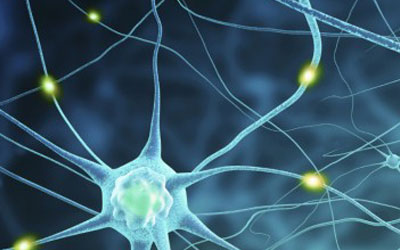Back Pain
The prevalence of spinal pain amounts to 80% in the general population. Spinal pain is common conditions in Australia (16% of the total population) and cause of disability (28% of the total population with disability) in Australia. Chronic back problems can have a strong negative effect on a person’s quality of life, affecting their ability to participate in daily activities, work, family and social activities
Spinal pain can affect various parts of the back and can often lead to disabling complications. In some population-based studies, the prevalence of lower back pain was as high as 25.4%. Another study found that the annual prevalence of experiencing lower back pain may be as high as 45%.
Spinal pain may be caused by a number of factors, including injury to the muscles, nerves, discs, and the facet joints. Common causes for pain in a patient’s lower back region, as well as the hip area, are herniated discs, facet joint arthritis and S.I Joint dysfunction.
A large number of patients find that conventional medical management, which often include muscle relaxants and anti-inflammatory drugs, do not work effectively to minimize or eliminate their pain.
Various pain management procedures are available as alternatives and can often assist in reducing the pain associated with spinal problems by targeting the pain sites and provide high quality pain relief allowing an improvement in function.
References:
1. https://www.ncbi.nlm.nih.gov/pmc/articles/PMC4603263/
2. Impacts of chronic back problems, Publication: Release Date: 16 Aug 2016 (Australian Institute of health and welfare).
3. https://www.who.int/medicines/areas/priority_medicines/Ch6_24LBP.pdf
Back Pain
The prevalence of spinal pain amounts to 80% in the general population. Spinal pain is common conditions in Australia (16% of the total population) and cause of disability (28% of the total population with disability) in Australia. Chronic back problems can have a strong negative effect on a person’s quality of life, affecting their ability to participate in daily activities, work, family and social activities
Spinal pain can affect various parts of the back and can often lead to disabling complications. In some population-based studies, the prevalence of lower back pain was as high as 25.4%. Another study found that the annual prevalence of experiencing lower back pain may be as high as 45%.
Spinal pain may be caused by a number of factors, including injury to the muscles, nerves, discs, and the facet joints. Common causes for pain in a patient’s lower back region, as well as the hip area, are herniated discs, facet joint arthritis and S.I Joint dysfunction.
A large number of patients find that conventional medical management, which often include muscle relaxants and anti-inflammatory drugs, do not work effectively to minimize or eliminate their pain.
Various pain management procedures are available as alternatives and can often assist in reducing the pain associated with spinal problems by targeting the pain sites and provide high quality pain relief allowing an improvement in function.
References:
1. https://www.ncbi.nlm.nih.gov/pmc/articles/PMC4603263/
2. Impacts of chronic back problems, Publication: Release Date: 16 Aug 2016 (Australian Institute of health and welfare).
3. https://www.who.int/medicines/areas/priority_medicines/Ch6_24LBP.pdf





